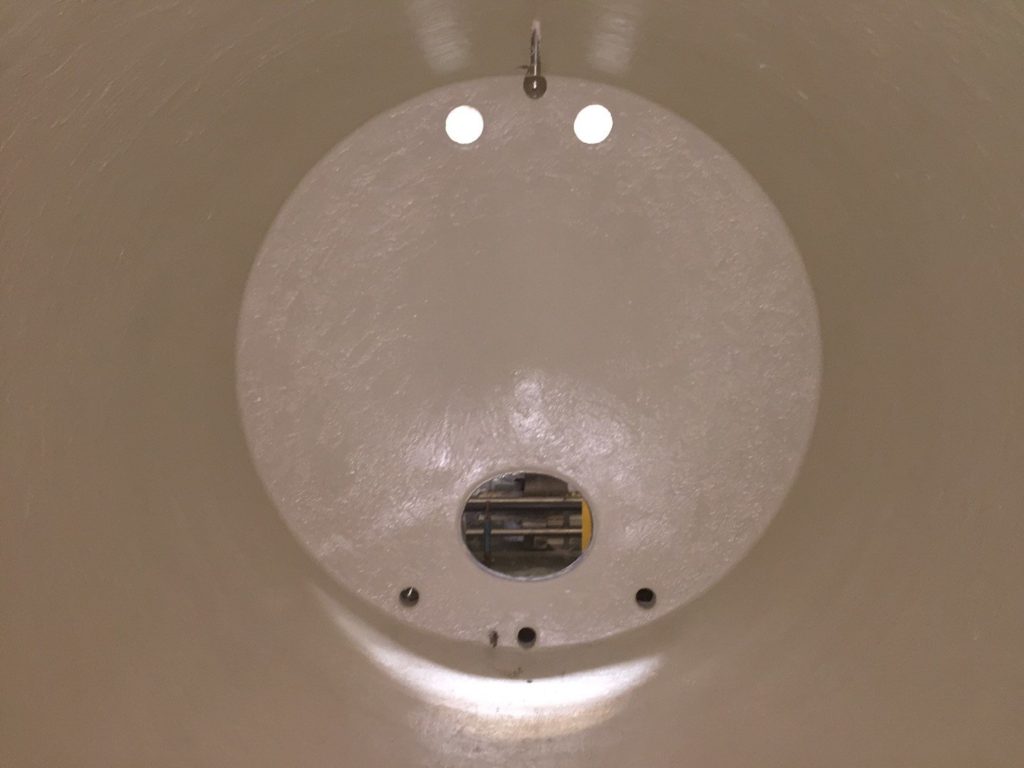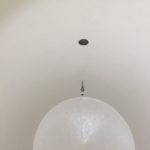THE PROBLEM
The stainless steel chemical storage tanks were beginning to corrode as a result of the various aggressive acids and alkalis which are stored within the tanks. A highly chemical resistant tank lining system was required that would withstand a broad spectrum of chemicals was required.
SOLUTION
We recommended the application of a glass flake reinforced vinyl ester tank lining from our chosen supplier Chemco International. Vinyl ester linings have some of the highest levels of chemical resistance available making them particularly suitable for applications such as the lining of these chemical storage tanks.
Preparing for a tank reline
In order to ensure excellent adhesion of the tank lining system we first prepared the tank internals by method of abrasive blasting. This not only cleans the surface of rust and corrosion but also raises the surface profile required to provide an excellent mechanical anchor for the vinyl ester lining. As part of our quality assurance through having our own in house paint inspector the blast profile was checked and recorded to ensure that it was sufficient for the specified tank lining.
Following blasting the tank internals were thoroughly cleaned and this verified by the conduction of a surface cleanliness test. Ensuring the tank internals are clean enough to apply a lining to is as important as correct preparation in ensuring the tank lining adheres to the tank.
Applying the Vinyl Ester Tank Liner
The vinyl ester tank lining was then applied to a thickness of 1000 microns in two coats of contrasting colour. Once cured the lining was tested for pin holing using a DC holiday spark tester as part of our standard quality assurance. A single pin hole in a tank lining is a point of failure which will allow the chemicals stored within a tank to attack the structure.
The completed lining was warranted for a period of 10 years with a service life far in excess of this.




